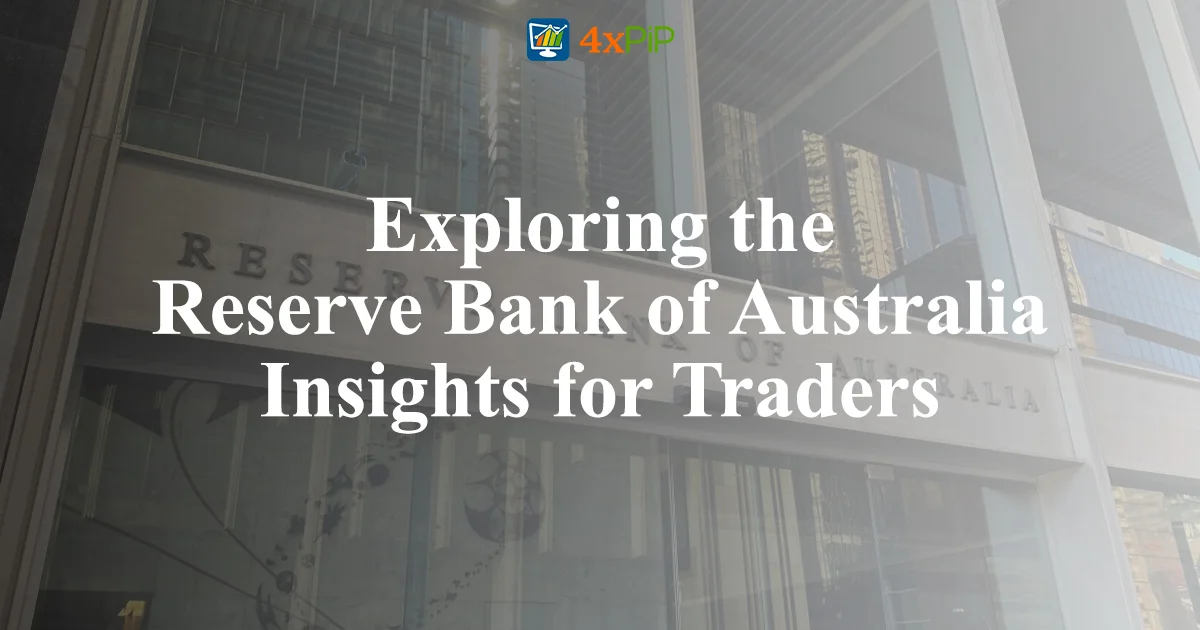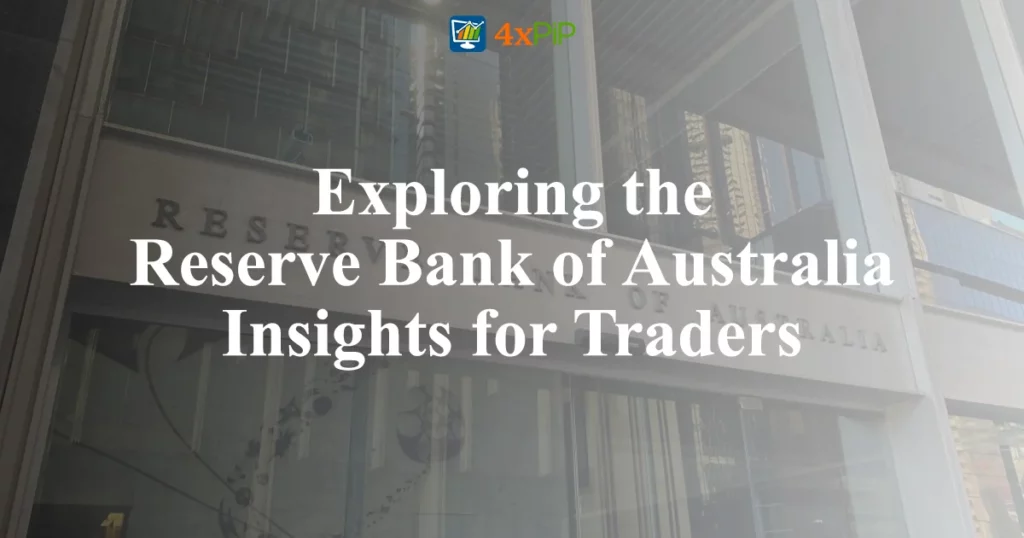In the dynamic world of forex trading, understanding the role and influence of central banks is paramount. The Reserve Bank of Australia (RBA) stands as a pivotal player, shaping the trajectory of the Australian Dollar through its strategic monetary policies. Before delving into the intricacies of trading strategies, it’s essential to grasp the foundations and operations of the RBA.
Before we unravel the nuances of the RBA, traders seeking to enhance their strategies can explore valuable tools and EAs at 4xPip. Offering a range of resources to elevate your trading game, 4xPip provides the support you need. Contact them at [email protected] to optimize your trading experience.
Who Owns the RBA?
The RBA, established in 1960, distinguishes itself by being wholly owned by the Commonwealth of Australia. In contrast to some global central banks with private shareholders, the RBA’s unique ownership structure impacts its policies and decision-making processes. Understanding this distinction is crucial for traders navigating the intricacies of the Australian financial landscape.
The Board of the RBA: Appointments and Roles
Comprising nine members, including the Governor, Deputy Governor, and the Secretary to the Treasury, the RBA’s board plays a pivotal role in decision-making. The Treasurer appoints six non-executive members for up to five years, while the Governor and Deputy Governor serve terms of up to seven years. Insight into the appointment process and the roles of key members is vital for traders interpreting policy decisions.
Roles and Responsibilities of the RBA
At the heart of RBA’s mission lie key mandates: ensuring currency stability, maintaining full employment, and fostering economic prosperity. Delving into the RBA’s historical evolution since the 1980s, we uncover its commitment to inflation targeting, a policy that influences interest rates and, consequently, the Australian Dollar’s value.
The Impact of Interest Rates and Monetary Policy
One of the RBA’s primary tools is the manipulation of interest rates to achieve monetary goals. Whether through rate hikes or cuts, the RBA aims to influence currency stability and inflation. Traders keen on predicting currency movements must grasp intricate relationship between interest rates and Australian Dollar, recognizing that market expectations play a crucial role in shaping outcomes.
Top Takeaways from the RBA
As we conclude our exploration, key takeaways emerge. Additionally, the RBA, founded in 1960, operates uniquely as a central bank wholly owned by the state. Its mandates of currency stability, full employment, and economic prosperity guide its policies. Moreover, for traders, the RBA’s tools, including interest rate adjustments and quantitative easing, serve as crucial indicators for informed decision-making.
Summary
The Reserve Bank of Australia, a powerhouse in the financial landscape, wields influence over the Australian Dollar through strategic policies. Traders navigating forex realm must comprehend nuances of RBA decisions, understanding how interest rates and policy shifts impact currency dynamics. Furthermore, as we explore intricacies of RBA, traders are encouraged to leverage tools/insights available at 4xPip to refine strategies.












